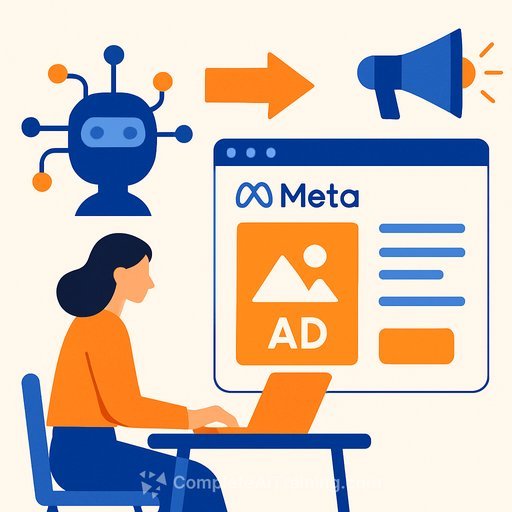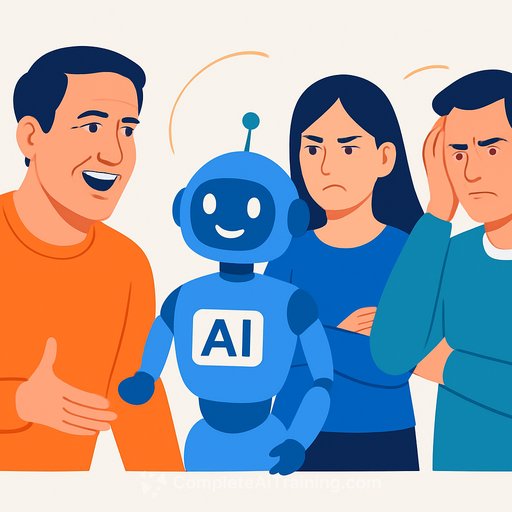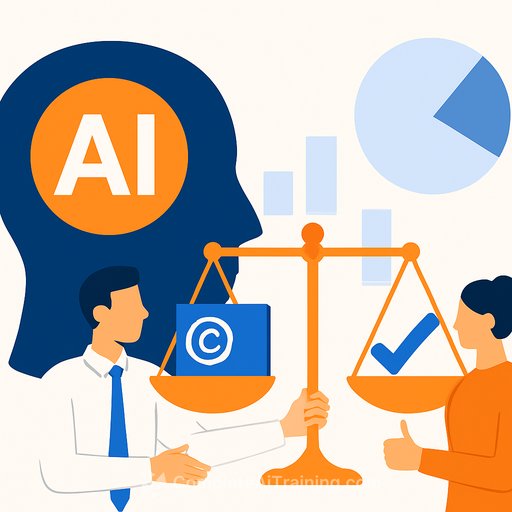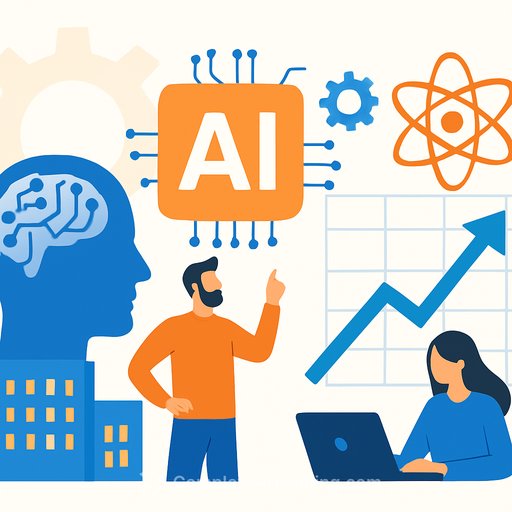The red line keeps moving: Creatives are dropping the AI ick
One year ago, many shops drew hard lines around generative AI. Use it to storyboard, mood board, and mock up - but keep it away from production. That line moved. Hundreds of brands have now shipped AI-first ads for TV and social, and audiences aren't walking away.
Clients feel it, too. "We have seen a shift in client openness to fully AI developed campaigns," said Christian Pierre, global chief intelligence officer at Gut. What started as experiments you had to sell now feels expected.
What changed - fast
Three forces flipped the script: budgets, time, and proof. Teams are building spots that would have been impossible under old timelines and costs. "For my entire career… your ambition was clipped by budget. Now, money is not a limit to your creative oeuvre," said Jon Williams, CEO of The Liberty Guild, after producing a Wizz Air TV spot with gen AI in partnership with Monks.
Even legacy craft brands are trying it. Benetton used AI-generated models in its fall/winter campaign. And McKinney's first gen-AI assets showed up in a national Popeye's campaign - not as a stunt, but as the most practical path to ship.
Audience response: no hype, no penalty
A Kantar and Affectiva study of 356 ads found little correlation between AI usage and creative effectiveness. No "effectiveness tax." AI-led ads ranked among the best and the worst - just like everything else. If the idea lands, AI is neutral to positive; if it's a distraction, you pay for it.
Want the source? See Kantar's creative effectiveness work here: Kantar Creative Effectiveness.
Proof on set: a small moment, a big unlock
During a U.S. Blueberry Council shoot in Santiago, the director pitched a bearded dragon for a beat of humor. No lizard wranglers on set? He spun up the character in Midjourney and comped it into the footage live. The client approved it. "We didn't know that could really be possible - and be convincing… and no one's commented on it," said Craig Miller, CCO at Schafer Condon Carter.
Where AI actually fits in the work
- Concepting and story exploration: fast boards, style frames, looks, and alt concepts.
- Previz and pitch: tone films, rough animatics, and reference comps that sell the idea.
- Production shots: background replacements, set extensions, creatures, props, and transitions.
- Versioning: markets, languages, CTAs, and light product swaps without spinning up full shoots.
- Post and polish: cleanup, continuity fixes, and subtle enhancement that doesn't shout "AI."
What to avoid (so you don't get dragged)
- Using AI to make something cheaper if it also makes it worse. "We won't ever use AI if it's making something that's cheaper, but not as good," said Dave Masterman, ECD at VCCP.
- Obvious AI where authenticity matters. Kantar found that non-obvious or post applications perform better than obvious AI.
- High-sensitivity categories. Food often suffers from uncanny valley. As Adam Bodfish of McCann Birmingham put it: "I don't think many people want to see AI food."
- Corner-cutting transparency. Consumers bristle if AI feels like a shortcut, not a creative unlock.
A simple AI production workflow that works
- Define the "why": time, budget, or creative reach. If you can't name it, don't use it.
- Set the quality bar: lock visual references and brand specifics before generation starts.
- Prototype fast: generate low-fidelity options, then converge on one direction.
- Keep humans in the loop: director, editor, and art director own taste and final calls.
- Test for distraction: quick hallway or small-panel checks catch uncanny moments early.
- Cover the legal: train teams on rights, licensing, model releases, and keep client indemnification templates updated.
- Track provenance: keep prompts, seeds, and asset sources so you can reproduce or defend the work.
Team skills to build this quarter
- Prompt craft and iteration: clarity, constraints, and fast creative decision trees.
- Toolchain fluency: image, video, upscalers, and audio that play well with your NLE and VFX stack.
- Continuity and style control: seeds, LoRAs, character sheets, and lighting references for consistency.
- Risk and review: IP checks, likeness checks, and brand safety gates before client review.
Need structured upskilling for your team? Explore practical courses by job role here: Complete AI Training - Courses by Job. Building motion-heavy work? Start with tools and workflows for video: AI tools for generative video.
A quick pre-flight checklist
- Does AI serve the idea, or is it the idea? If it's the latter, is that the brief?
- Is the AI work non-obvious, or intentionally stylized with purpose?
- Would a non-AI path be clearly better? If yes, pick that.
- Do we have approvals for likenesses, data, and training concerns?
- Have we tested recall and sentiment with a small audience?
- Are we clear on if/what we disclose and why?
The career reality
Chief creative officers are blunt: your future options shrink if you refuse to use these tools. "If you don't take that mindset, you're gonna be left behind, no matter what level you're at," said Dustin Tomes of TBWA\Chiat\Day. The craft isn't disappearing - it's moving upstream to concept and taste while production flexes with AI.
Bottom line: use AI where it multiplies your idea and timeline, hide it where it distracts, and stand by the taste you bring. As Gut's Pierre put it, "Now, everyone is using it… The red line keeps moving."
Your membership also unlocks:






